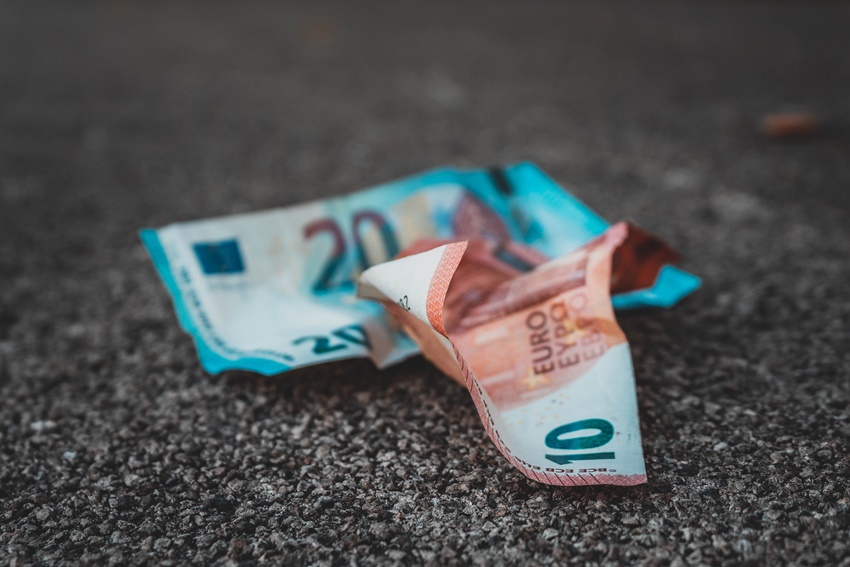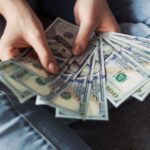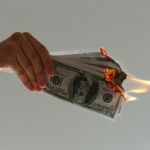Just how much do you really know about inflation? High prices on everything? Valueless money? Carrying money in lorries to buy a loaf of bread, or maybe it’s just another conspiracy that isn’t happening any time soon. Inflation, as we know it today, is an increase in the prices of goods and services over a given period without any increase in the value of wages and the currency. But that’s still surface knowledge; there are many details, calculations, strategies, and expectations that make up what we call inflation.
The first recorded instance of inflation was back in 1838 where it was used from the Latin term inflare to mean blow up or inflate. Initially, it meant an increase in the amount of money; today, economists have given it diverse definitions, which roughly translate to an increase in prices but a reduction in the value of money.
Symptoms of a healthy, bustling economy can often be mistaken as inflation. To prescribe an economy as under inflation, the Consumer Price Index (CPI) or an equally applied measure of economic growth rates like GDP deflator, PCE, or Core PCE must have continuously surpassed a given rate over that period. The annualized percentages reflect the price index of goods and services in a select basket of commodities and services.
The numbers
When calculating the CPI, the Bureau of Labor Statistics which, is in charge, will collect the prices of select everyday household commodities. It then uses the Personal Consumption Expenditures (PCE) in the analysis to identify the inflation level.
If the inflation percentage of a given economy is at 2%, it means that an item that costs $1 now will cost $1.02 next year. When the purchasing power goes down, the same $10 will buy less than it did before. If people stop consuming services and goods, companies lose revenue and find ways to compensate for the losses.
Inflation also increases inflation. When the rate of inflation affects purchasing power, the labor force will need salaries and wage increments. This, in turn, increases the amount of money in circulation while causing production costs to rise in response to higher wages. Higher production costs are recovered through higher prices, and the feedback loop keeps going. External controls like measures from the Central bank and the Fed are applied through control of interest rates and, in some cases, the printing of money.
The limit of inflation in the US is 2%, as advised by the CPI. The Federal Reserve is tasked with stabilizing prices at the preferred 2%. The 2% mark was reached upon after the 2012 global financial crisis. Getting accurate and timely data to diagnose inflation today requires in-depth research. Even with enough data, quantifying human behavior based on the items they purchase is still an approximation at best. Today, most data labels inflation as a monetary phenomenon tied to fiscal deficits, price changes, and labor trends. However, inflation itself cannot be a single figure that explains everything.
Inflation also comes from things going too well
When the economy is strong and a considerable part of the population is employed, things can be said to be going great, but not so well if you consider inflation. More money means people can spend on items and services they need. If the supply cannot meet the demand, you have a situation where there’s more money but fewer items due to aggregated demand.
The government can choose to lower the interest rates to motivate the rich to invest in the economy. This will encourage the issuance of debts and, at times, overinvestment. The government will respond by overspending, which makes things even worse.
The Federal Reserve is behind everything
The Federal Reserve has a measure called the fed funds rate. This average prescribes the interest rate banks will typically pay for overnight borrowing from the federal funds market. The Fed funds rate influences other interest rates, notably for credit cards, mortgages, and other lending types and bank loans. The rate also goes as far as influencing the value of the currency and other assets. The Fed plays around with the federal funds rate to control inflation by tweaking the rates on borrowing and lending from the central bank.
By managing things behind the scenes, the Federal Reserve can ensure that the critical CPI indicators and other prices don’t veer off too far from the set limit. This cushions investors and businesses by encouraging them to set long-term goals and get things ready, ensuring that prices will not surprise them by increasing. However, all this is still speculative; they cannot accurately predict the trends but can effectively manipulate the data to apply to different scenarios.
It’s not all bad
Despite having a reputation of fear and uncertainty, inflation has also been responsible for driving the economy. When inflation hits, rates are adjusted to meet the demand and also be able to sustain it at that level. Since consumers bring in more money in the form of higher prices, businesses can use the money to finance their lending and borrowing and expand production. Inflation is also regarded as a sign of a healthy economy when it is kept under control.
There’s more than one inflation
Inflation is among other words used to describe the economic state of a country. Deflation is the absolute opposite of inflation. If an economy is deflated, the cost of living goes down, and the results are devastating. Deflation happens when consumers, in the hopes of better prices and deals, will stave off of buying certain products, and they will reduce demand for it. As they stop buying, the prices keep falling, and companies issue layoffs and unemployment hits.
Higher inflation is just like inflation, but on steroids. The price increments are random and very rapid to be controlled. Typical higher inflation ranges as far as 1000% yearly. It may not be available in developed economies because watchdog mechanisms warn them about the economy and the current trends.
Stagflation is stalled inflation. The economy will still face inflation in the form of reduced interest rates, high prices of goods and services. The stark difference is that during higher inflation and inflation, the economy will keep growing during the inflation period but will grind to a halt when in stagflation.
With stagflation, inflation is still high, but there’s no growth of the economy. Normally, unemployment will reduce consumer demand as people watch their spending habits more closely, and this forces the prices to reduce. However, with stagflation, the prices will still be high despite the decrease in consumer spending. The economy will be stuck on an inflation rate that is slowly increasing.
The dread of inflation is mainly because we expect that our wages will not rise to match the high prices. If prices are 2% higher and wages also rise by the same 2%, you will still be able to buy the same items, albeit at a higher price than before. The problem comes in when wages are either too low or too high compared to the rate of inflation. Inflation could be the best of both worlds, offering both growth and downfall of the economy depending on how we respond to economic reports and market shifts.
This post was written with by Willy Wallace on Fiverr. I partner with Fiverr writers who are specialists in the topics they write about. These writers provide real world details to help you make better decisions. Subscribe for more business, sales and investing posts. Have a lovely day.











